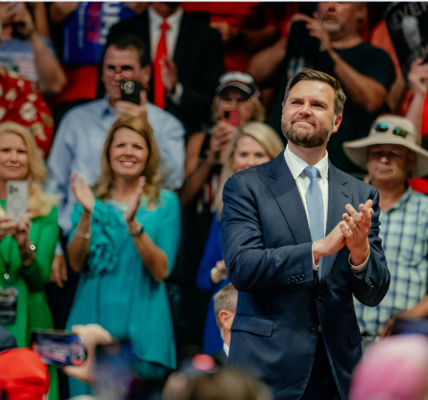
Winning Nevada seems straightforward on paper, but the reality is fraught with complexities. For Democrats, the goal is clear: leverage their registration advantage and dominate Clark County, home to Las Vegas and 65% of the state’s voters. For Republicans, it’s about maintaining strength in the rural areas and narrowing the gap in urban centers.
Nevada’s political landscape has shifted dramatically, with Democrats outnumbering Republicans by 50,000 registered voters—the widest gap in nearly two decades. Yet, voter turnout remains a challenge in Clark County, notorious for its low engagement. Barack Obama’s campaign must energize this base, particularly among suburban and Latino voters, while addressing the economic pain points caused by the foreclosure crisis and high gas prices.
The role of labor unions, especially the influential 60,000-member Culinary Workers Union, is pivotal. Though they endorsed Obama during the caucuses, the lackluster turnout efforts and internal divisions could hinder his ground game.
For John McCain, walking the line between appealing to rural conservatives and moderating his stance to win over Latinos and suburban voters is crucial. Nevada’s independent streak favors straight talk and small-government ideals, giving McCain an opportunity to define Obama as a “tax-and-spend” liberal while presenting his own vision for economic growth. Renewable energy, warehousing, and transportation initiatives could resonate in a state where federal control of 90% of the land limits economic options.
Montana: Guns and Grassroots
In Montana, winning voters starts with passing the litmus test on gun rights. Candidates who falter on this issue are unlikely to gain traction in a state where the Second Amendment is sacrosanct. John McCain, despite a lukewarm “C” rating from the NRA, is considered more gun-friendly than Obama, whose “F” rating and support for “common-sense” gun control measures may alienate rural voters.
Montana’s three electoral votes might seem inconsequential, but the state’s shifting political dynamics make it a potential battleground. Though historically Republican in presidential elections, Montana has seen a blue wave in recent years, electing Democrats to key state offices and legislative majorities.
The state’s restoration economy—focused on cleaning up polluted rivers, old mines, and forests—offers Obama a platform to connect with voters who prioritize conservation and renewable energy. His campaign’s grassroots organization, honed during the caucuses, provides a network to mobilize support.
However, Montana Democrats often adopt a populist, libertarian tone, exemplified by Gov. Brian Schweitzer and Sen. Jon Tester, who frame themselves as outsiders fighting corporate and federal overreach. Obama’s more progressive messaging and his controversial remark about rural voters “clinging to guns and religion” could dampen his appeal in this fiercely independent state.
McCain, meanwhile, needs to strengthen his presence. Though his stances on energy and national security align with Montana’s priorities, his lack of an active campaign office in the state may signal complacency to voters who demand a personal touch.
The Stakes
In both Nevada and Montana, the battle comes down to messaging, mobilization, and understanding the unique identities of each state. For Obama, it’s about translating his national message of change into local relevance. For McCain, it’s about balancing his appeal to conservatives while courting the middle ground.
As these states teeter on the edge of red and blue, their outcomes may hinge on turnout, strategy, and a deep understanding of their voters’ priorities. With both campaigns facing unique challenges, the road to November promises to be anything but predictable





